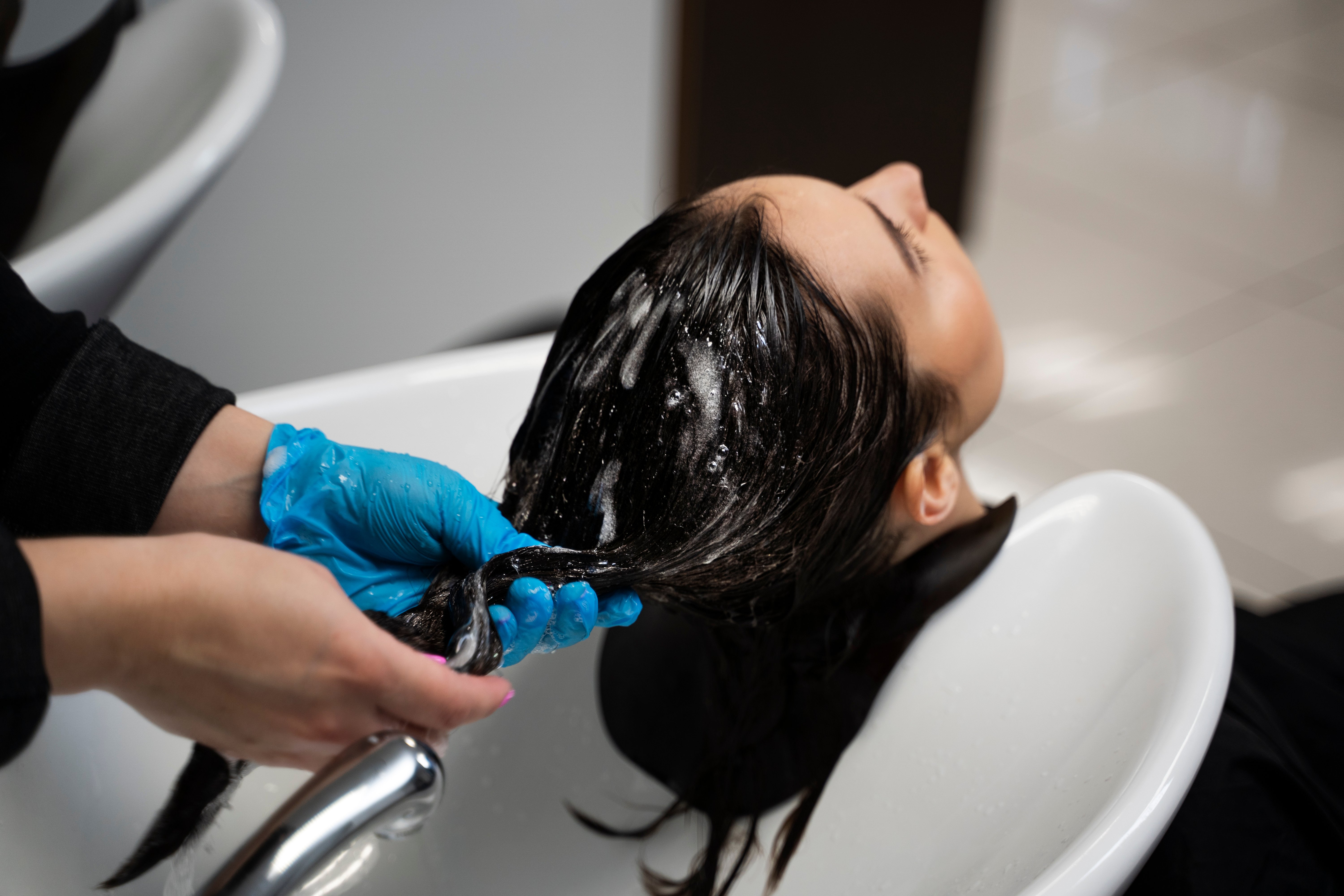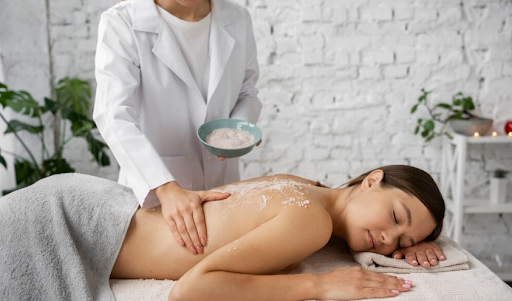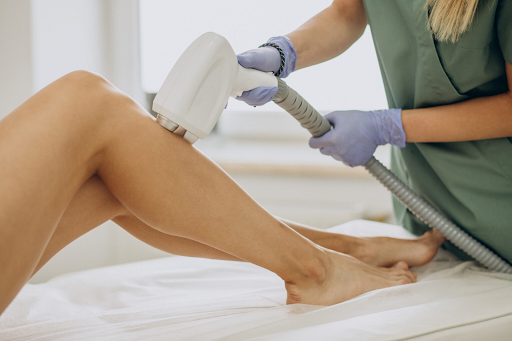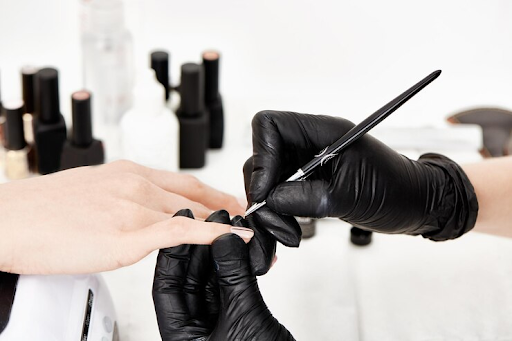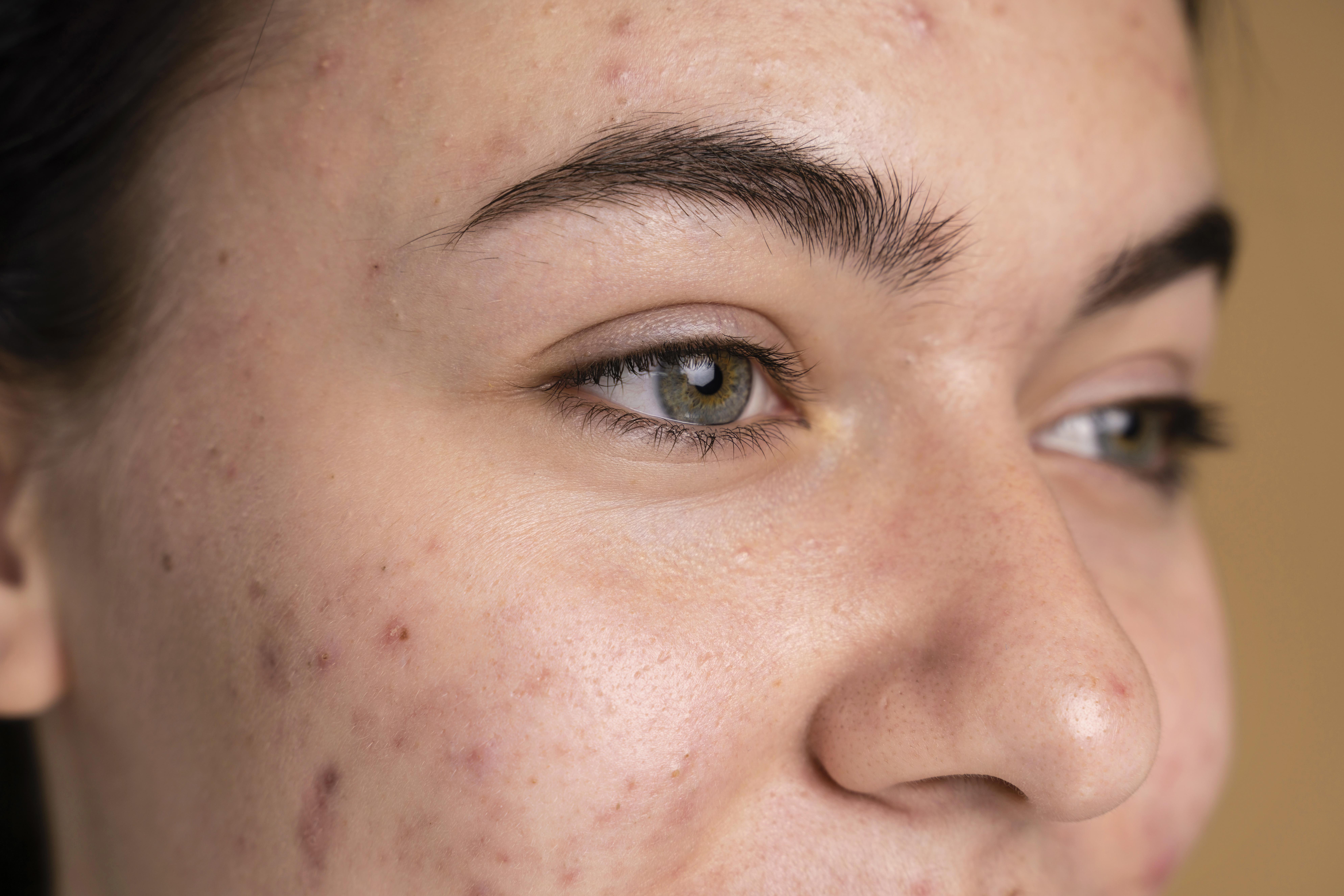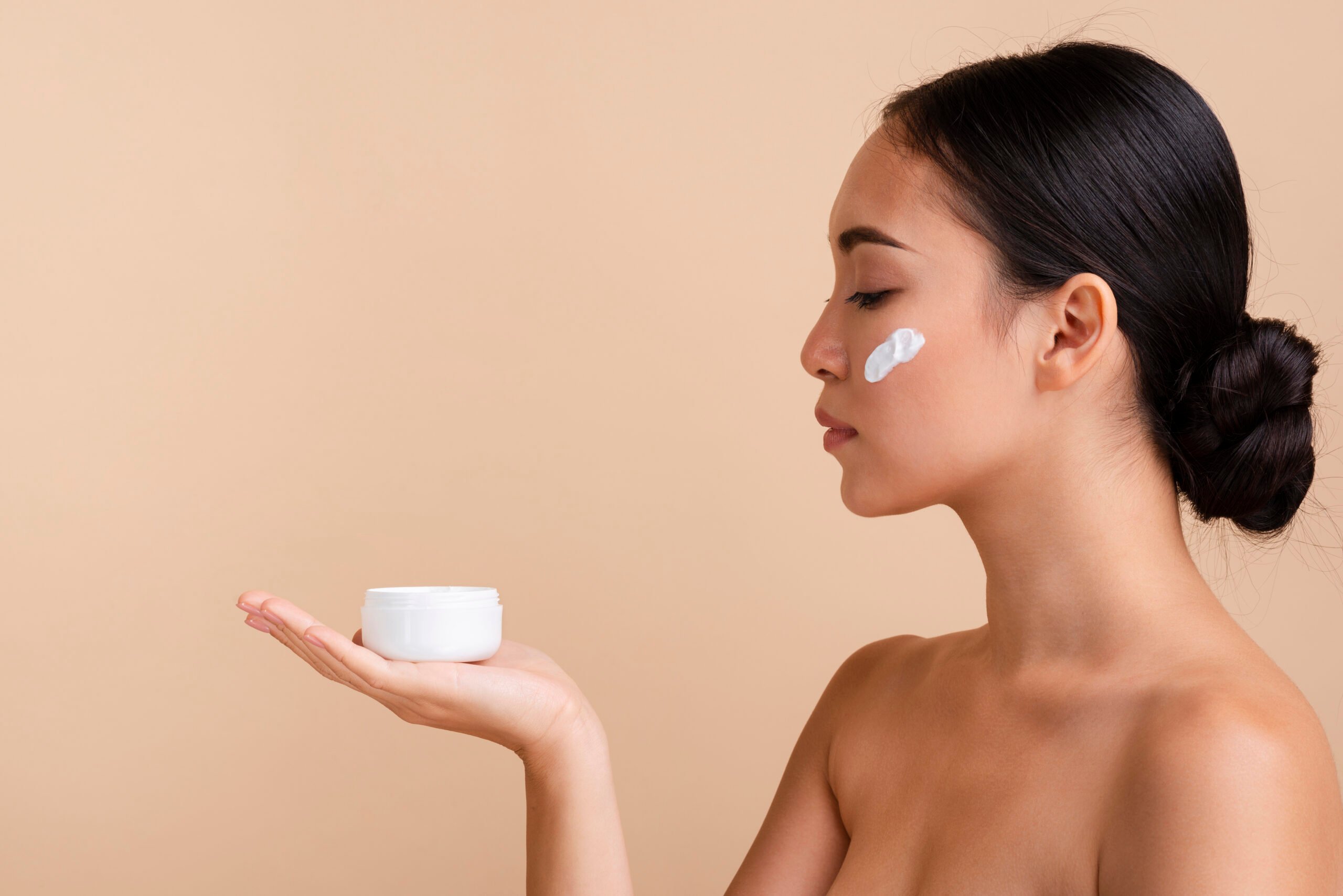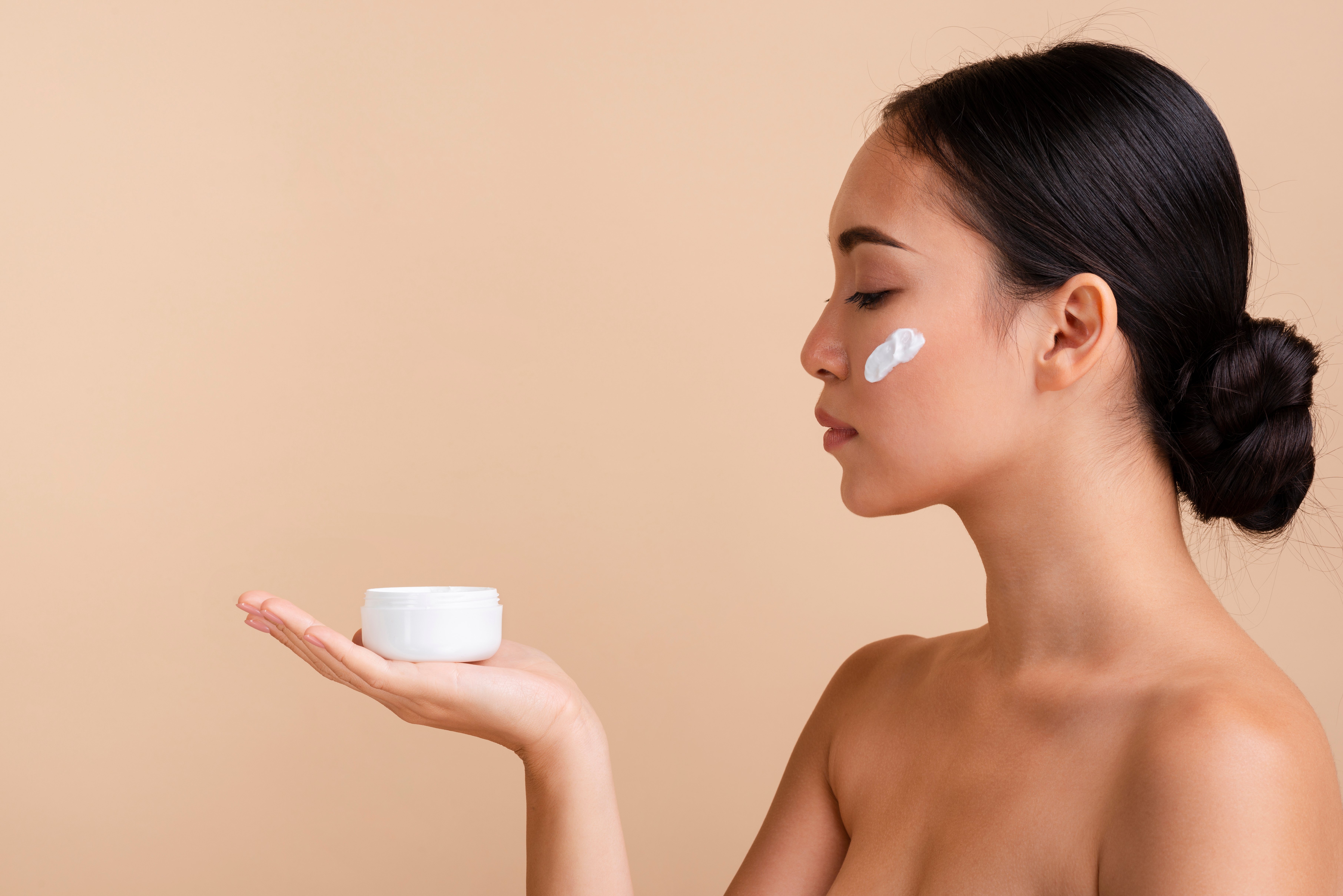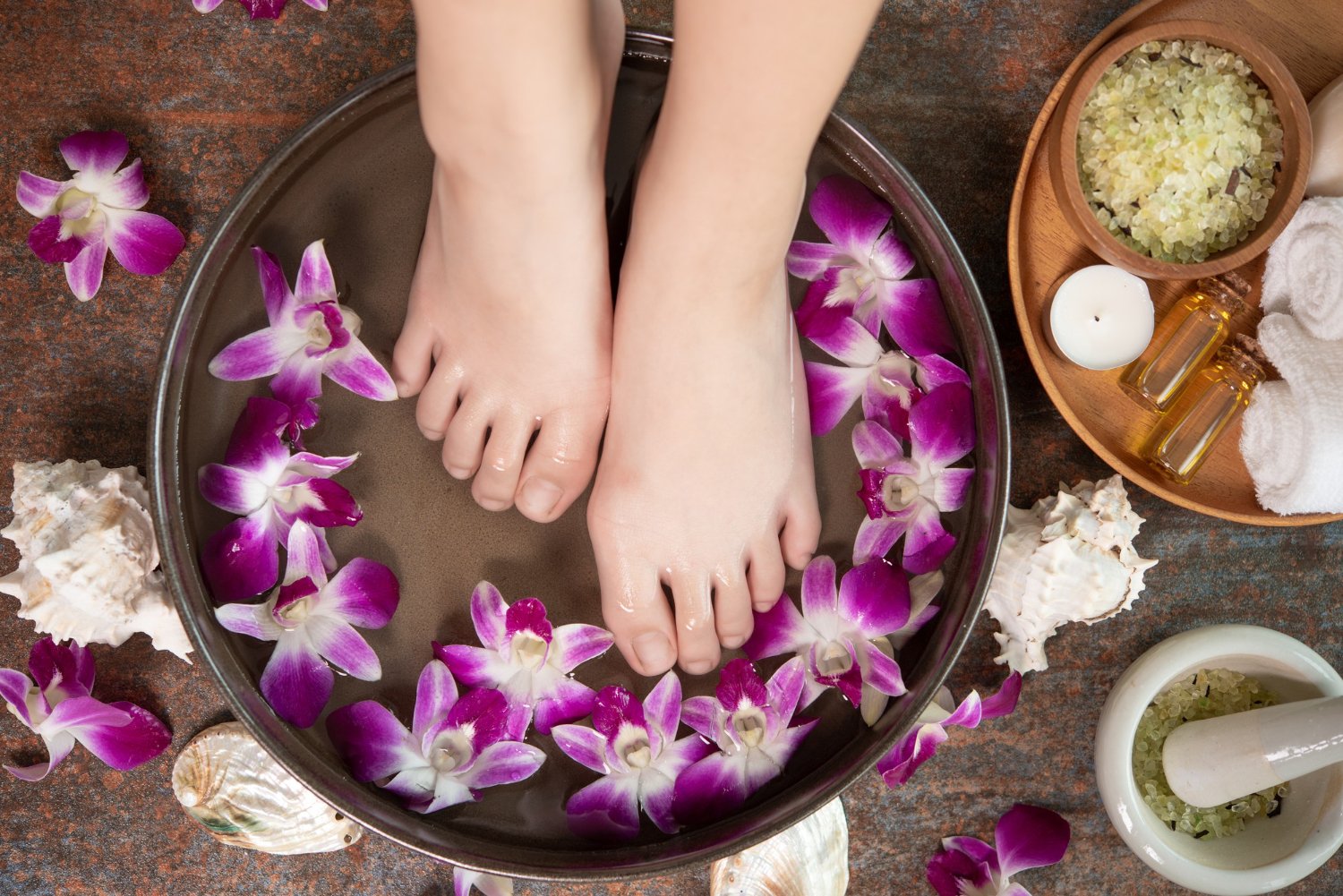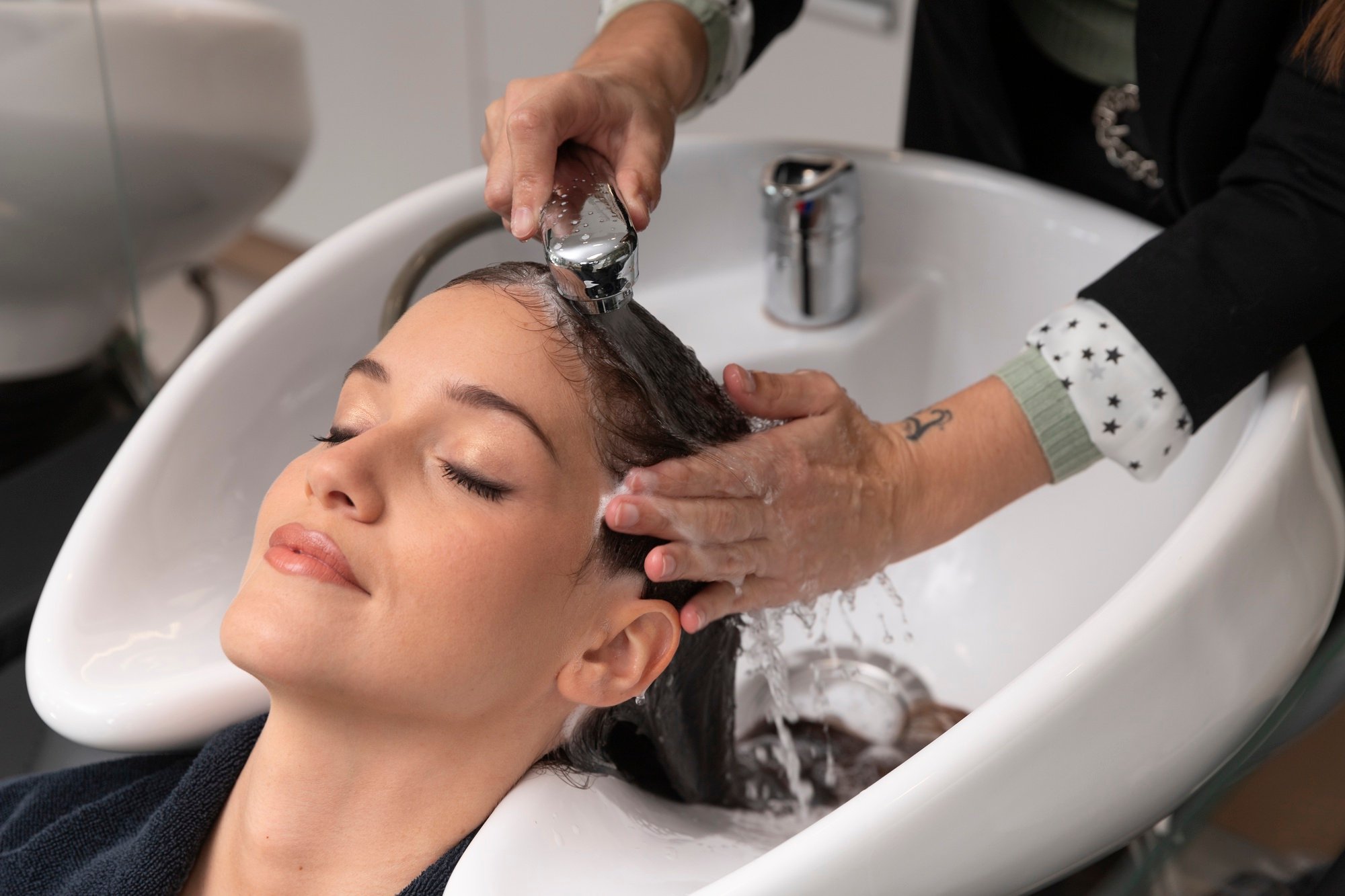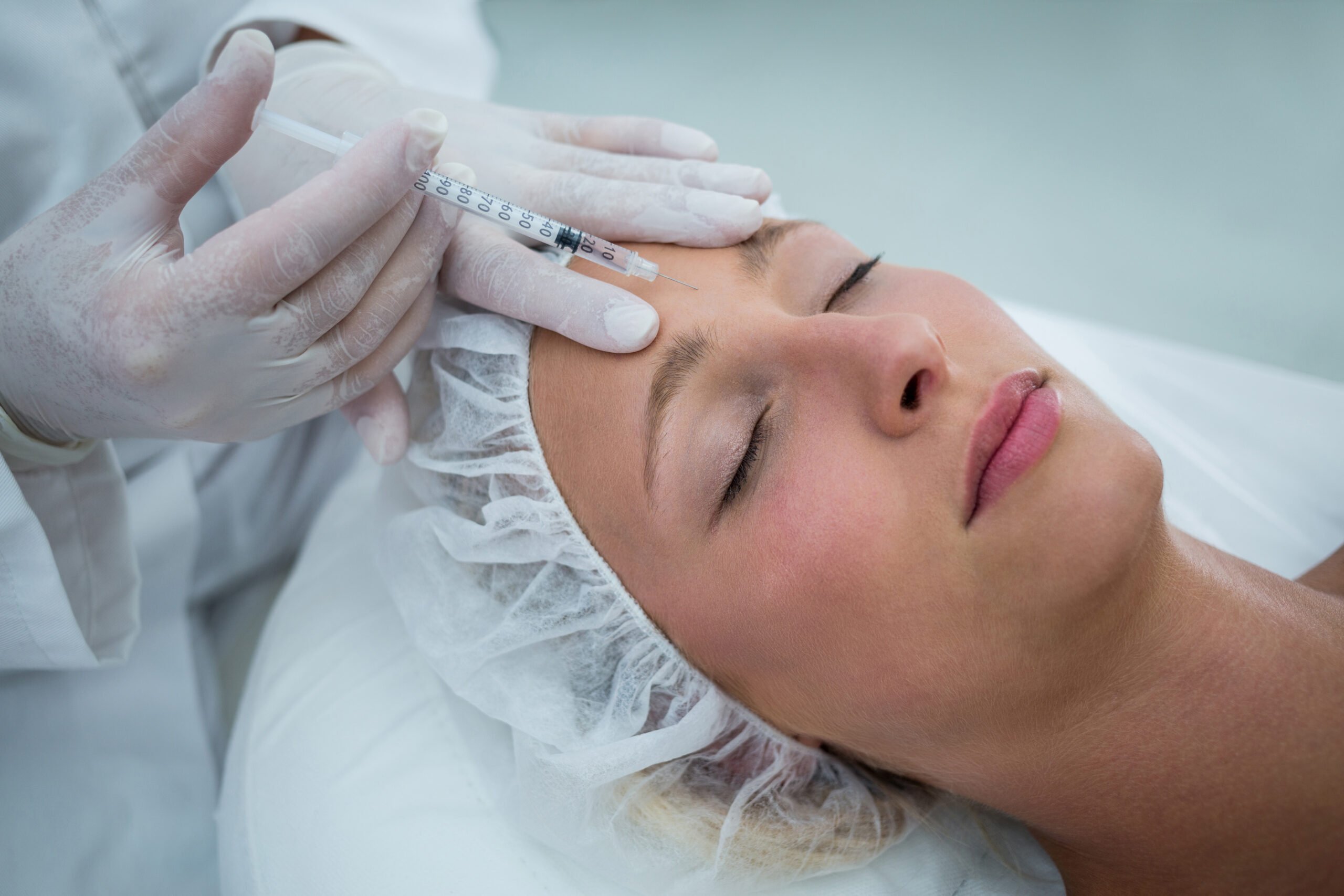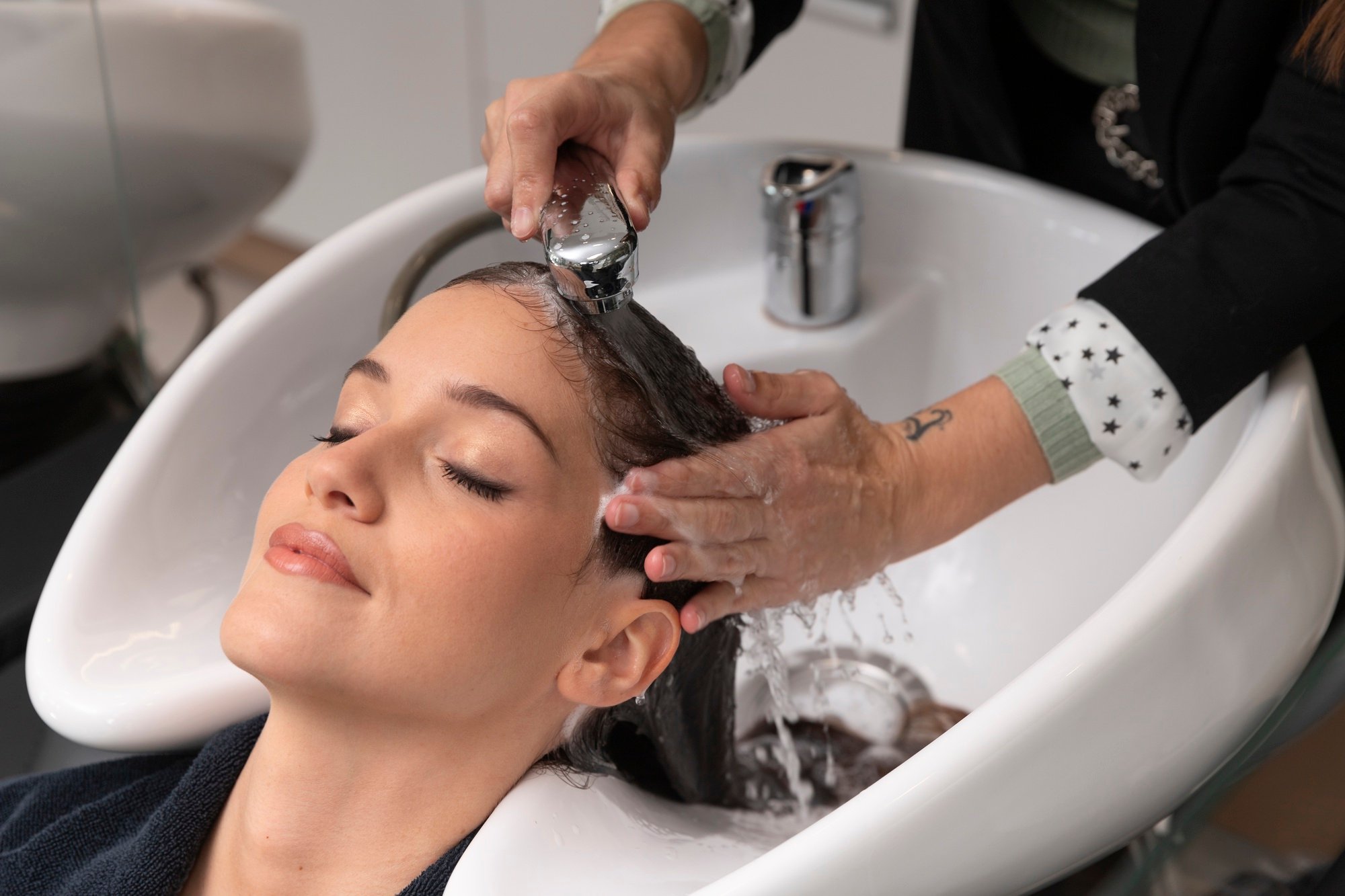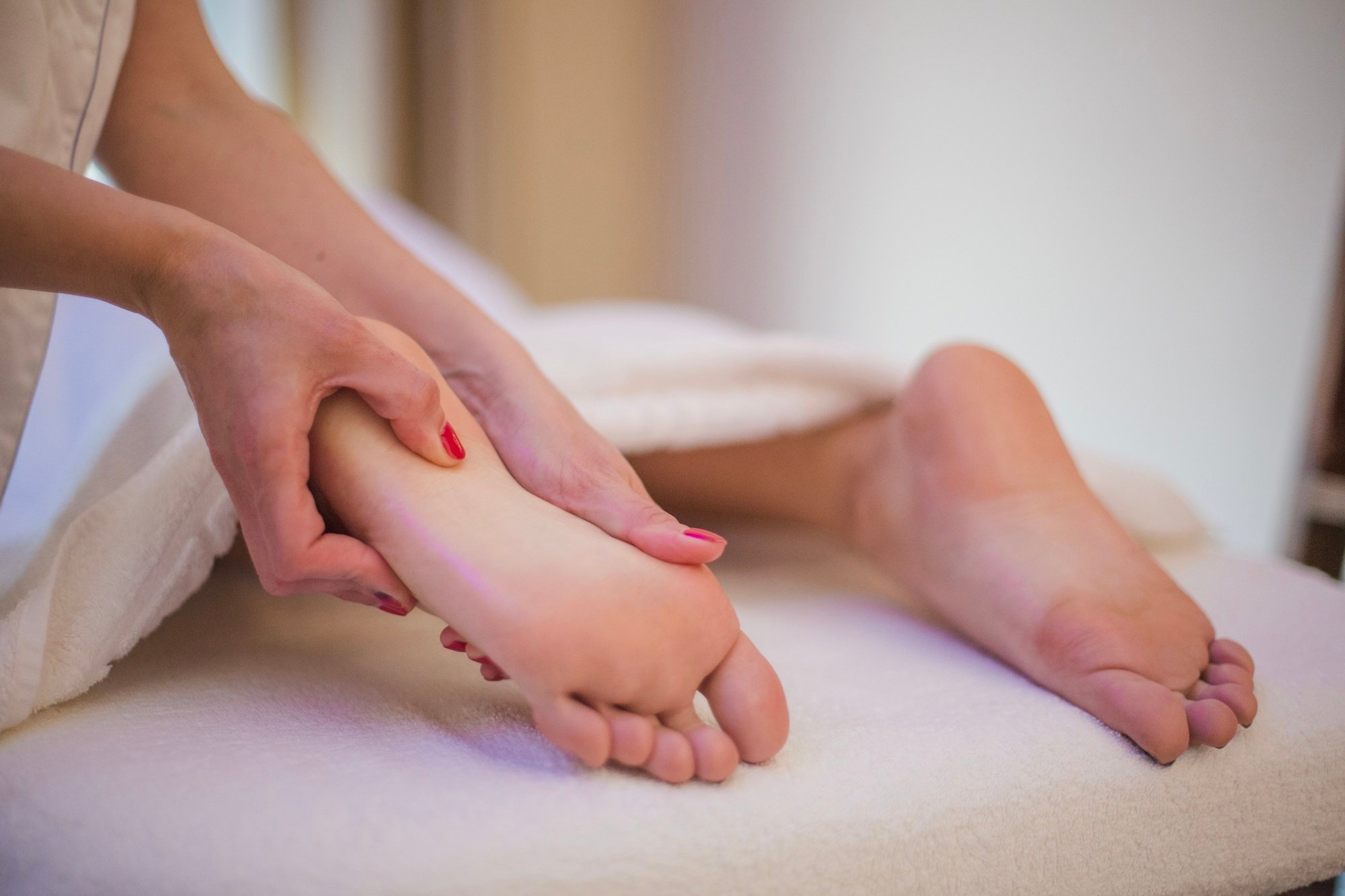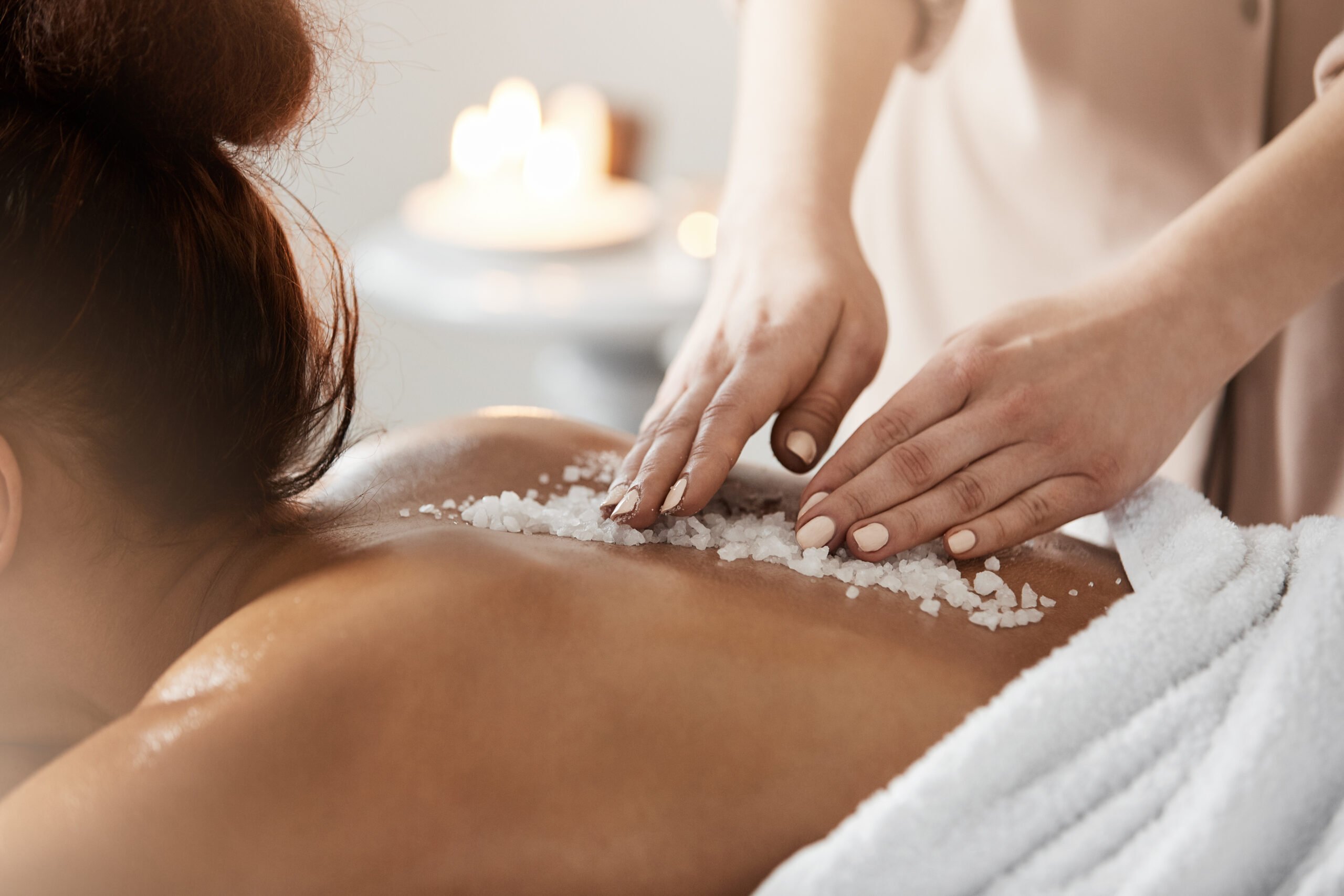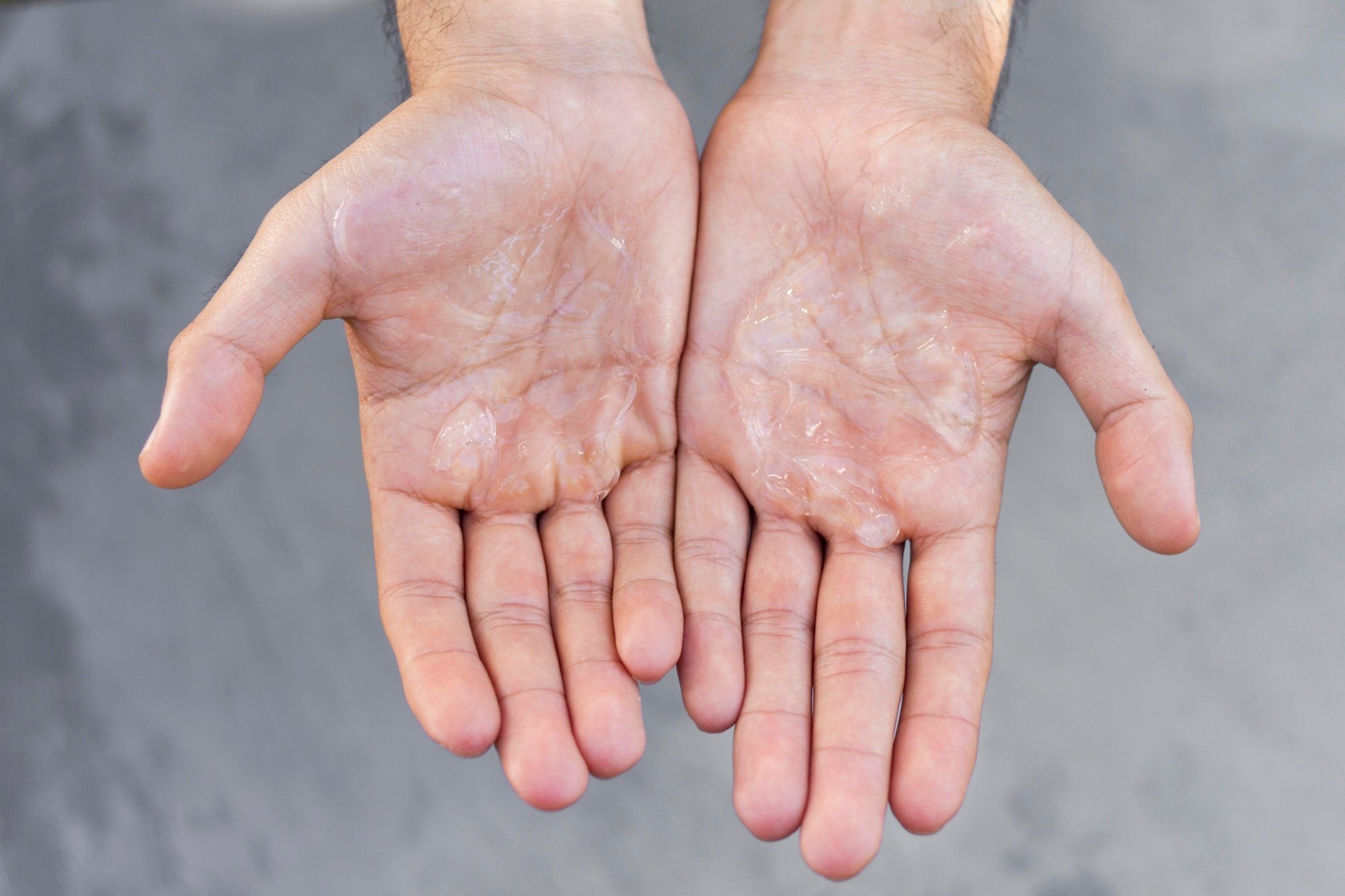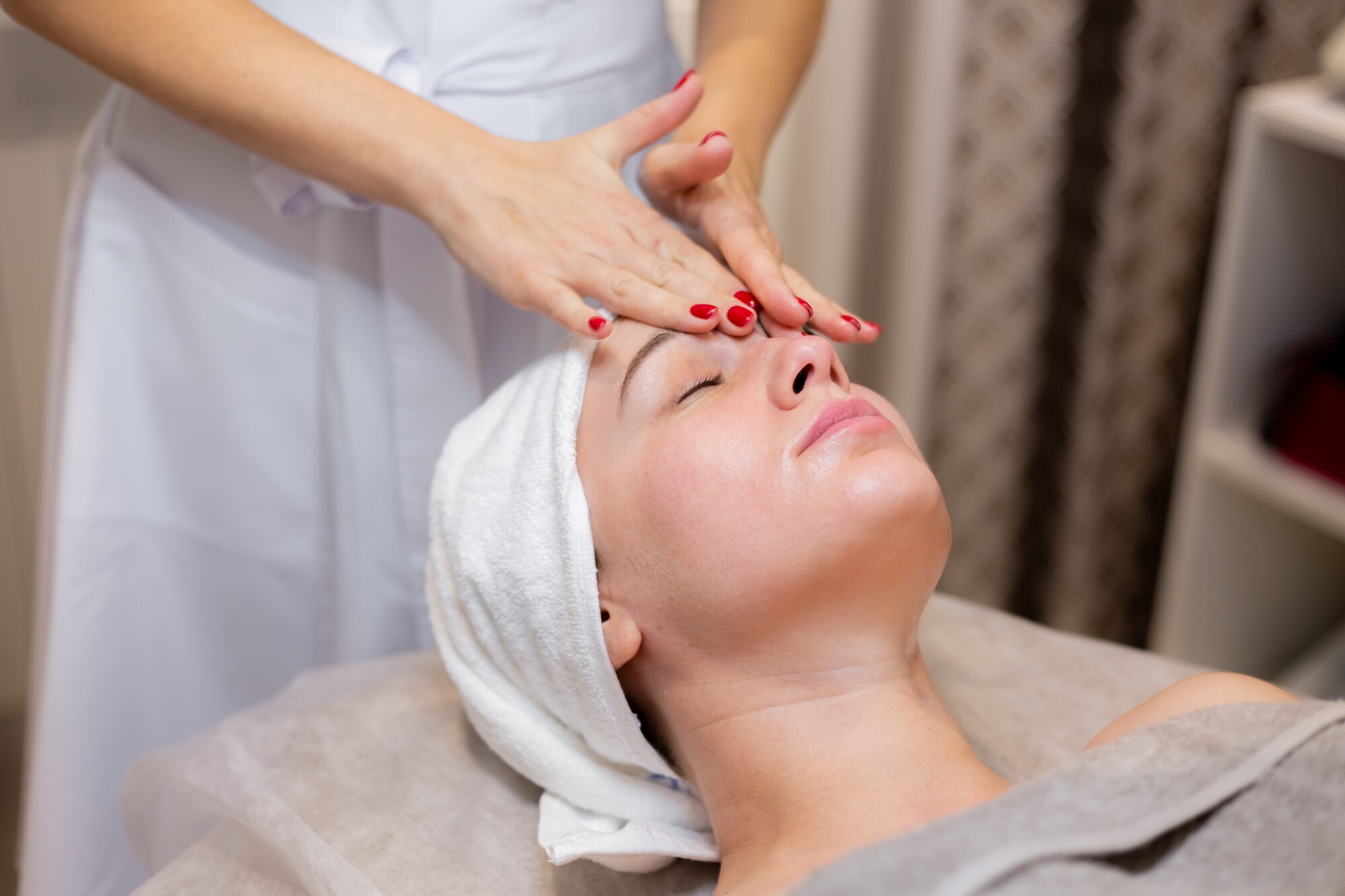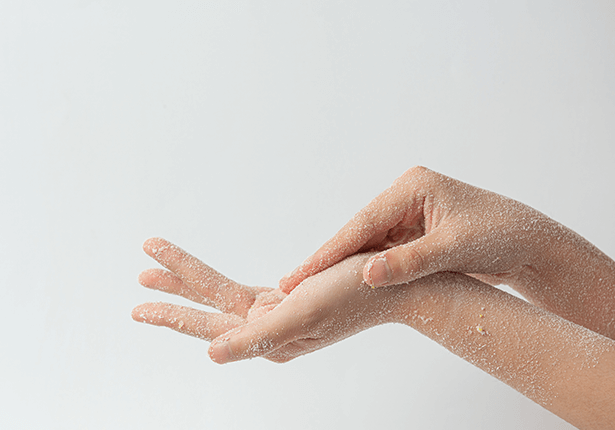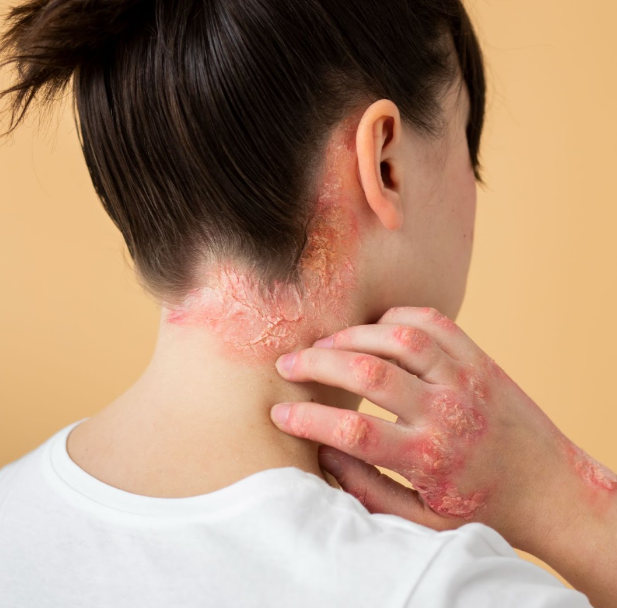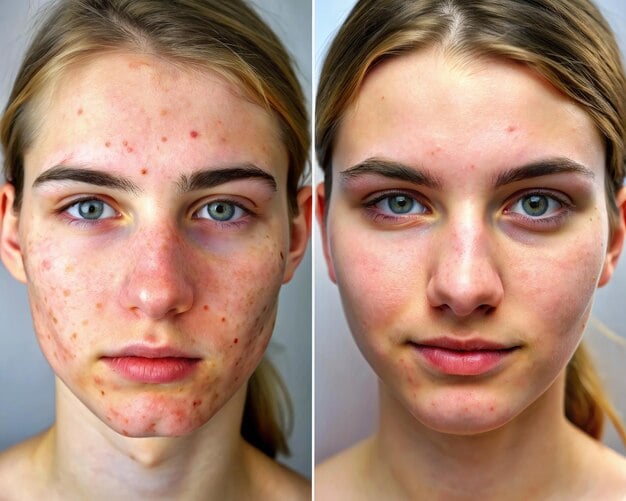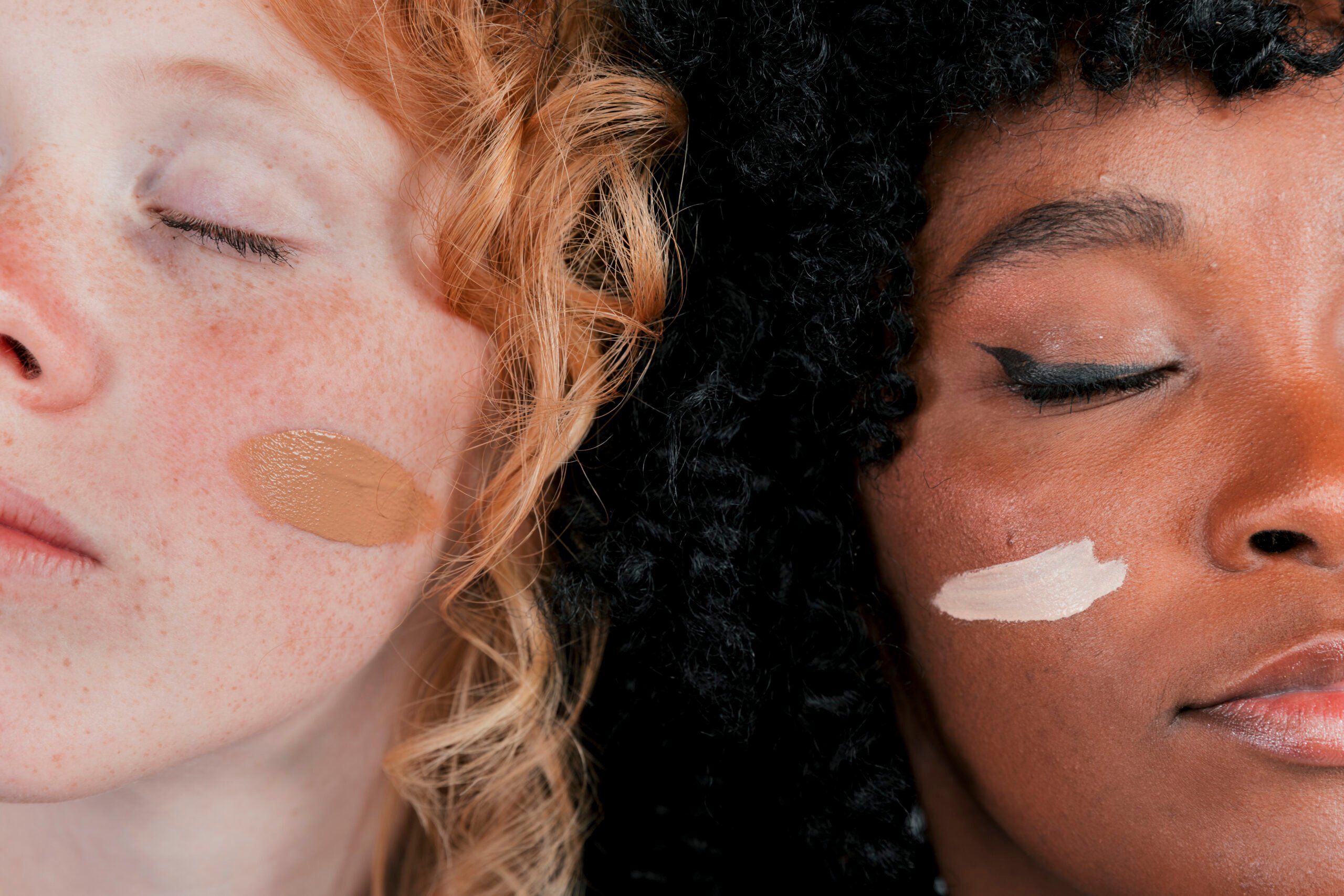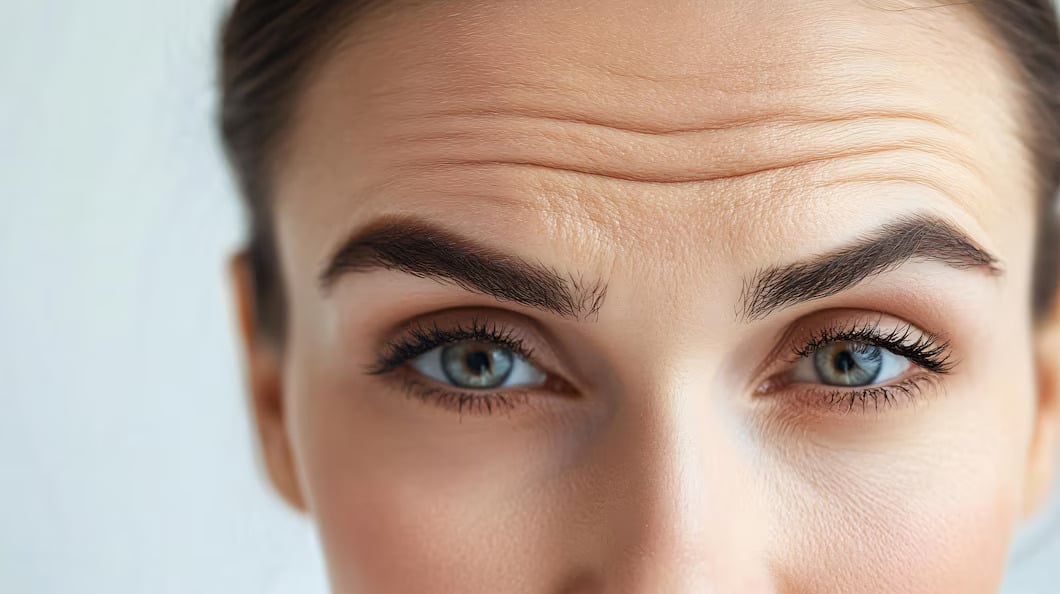Skin

Skin
Top Dermatologist Recommended Tips to Prevent Dry Skin
6 minutes read | 20 Dec 24

What is Dry Skin?
Dry skin, or xerosis, happens when the skin loses too much water or oil, becoming rough, flaky, or even cracked. Unlike oily or combination skin, dry skin does not produce sufficient natural oils to moisturise. This makes it essential to incorporate hydrating products and practices into your daily skincare routine to keep it healthy. Without proper care, dry skin can become irritated and uncomfortable, leading to potential issues like inflammation and even breakouts.
Types of Dry Skin
Different types of dry skin can require different treatments. Here are the main types to consider:
Aging-related Dry Skin:
Our skin naturally produces less oil as we age, leading to dryness. This is why older adults often experience drier skin, particularly on the face, hands, and legs.
Environmental Dry Skin:
Exposure to harsh climates—like cold or windy weather—or spending time in low-humidity environments can sap your skin’s natural moisture, causing dryness.
Medical-related Dry Skin:
Conditions like eczema, psoriasis, or diabetes can disrupt the skin’s natural barrier, leading to persistent dryness that may require specific treatments.
Contact-related Dry Skin:
Frequent washing or exposure to irritating chemicals, like harsh soaps and detergents, can weaken the skin’s protective layer, resulting in dryness.
Symptoms of Dry Skin
Understanding the symptoms of dry skin is the first step to finding relief. Here’s what to watch for:
Rough, Flaky Texture:
The skin may feel uneven and look flaky or scaly.
Itchiness:
Dry skin often becomes itchy, especially after exposure to water or in cold weather.
Redness or Irritation:
Dry skin may appear red or inflamed and become sensitive to skin care products.
Fine Lines and Cracks:
Dry skin can develop fine lines in severe cases, which, if left untreated, can lead to painful cracks.
Tightness:
A tight or “stretched” feeling, particularly after washing your face or showering, can signal dry skin.
Dry Skin Causes
Several factors can lead to dry skin. Understanding what causes dry skin will help you to keep your skin hydrated.

Weather:
Cold, dry, or windy weather often leads to dry skin due to reduced humidity. Winter weather, in particular, can strip moisture from the skin.
Hot Showers:
While it may feel good, prolonged exposure to hot water can strip natural oils from your skin, contributing to dryness.
Harsh Soaps and Detergents:
Soaps, cleansers, and laundry detergents with harsh chemicals can irritate your skin, removing its natural protective oils and leading to dryness.
Ageing:
As skin ages, it naturally loses oils, making it more prone to dryness. Older adults may need richer moisturisers to maintain hydration.
Medical Conditions:
Skin conditions such as eczema or psoriasis disrupt the skin barrier and make it more susceptible to dryness.
How to Treat Dry Skin
Relieving dry skin goes beyond basic skincare products. Dermatologists recommend treatments that provide deep, lasting hydration to help improve the texture and appearance of dry skin. Here are some top dry skin treatments and tips to consider:
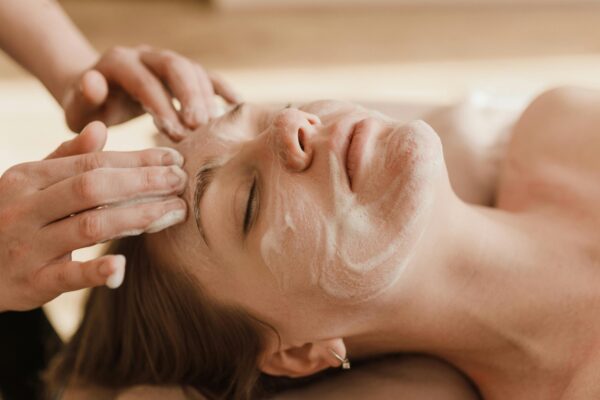
1. Use a Gentle Cleanser:
Start with a fragrance-free, hydrating cleanser that won’t strip your skin’s natural oils. Avoid cleansers containing alcohol or harsh chemicals, which can dry out and irritate your skin.
2. Moisturize Regularly:
Apply a good quality moisturiser immediately after cleansing to lock in moisture. Look for hydrating ingredients like ceramides, hyaluronic acid, and glycerin, which strengthen the skin barrier and prevent moisture loss.
3. Incorporate Skin Boosters:
Skin boosters, such as hyaluronic acid-based injections, are a great way to treat dry skin more intensively. These boosters deeply hydrate the skin, helping plump fine lines, improve skin elasticity, and restore a youthful glow. Restylane Vital and Juvederm SkinVive provide deep, long-lasting hydration by delivering hyaluronic acid directly into the skin’s layers, enhancing overall texture and moisture.
5. Avoid Hot Water:
Hot water can strip away natural oils, worsening dry skin. Opt for lukewarm water when washing your face or showering, and limit showers to around 5 to 10 minutes to prevent dehydration.
6. Exfoliate Sparingly:
Gentle exfoliation once a week can help remove dead skin cells and improve moisturiser absorption. Choose mild exfoliants that don’t irritate dry skin, as over-exfoliating can worsen dryness.
7. Use a Humidifier:
Dry indoor air, especially in winter, can worsen skin dehydration. A humidifier adds moisture to the air, helping your skin retain hydration.
8. Hydrate from Within:
Drinking water is crucial for skin health. Aim to drink at least 8 glasses daily to keep skin plump and hydrated. Include water rich foods like fruits and vegetables for an extra boost.
Prevent Dry Skin
Prevention is key when it comes to dry skin. Here are some tips on how to prevent dry skin and keep your skin hydrated:
Apply Moisturizer on Damp Skin:
After washing, apply moisturiser while your skin is still damp to lock in moisture more effectively.
Stay Hydrated:
Internal hydration is just as important as external hydration. Drinking plenty of water daily helps your skin stay supple and plump.
Choose Products Carefully:
To avoid further irritation, opt for fragrance-free, gentle skincare products designed for dry skin. Ingredients like ceramides and hyaluronic acid are particularly effective for maintaining moisture.
Protect Your Skin from Weather:
In winter or windy weather, use scarves and gloves to shield your skin from drying conditions. Always use sunscreen, as UV exposure can exacerbate dryness.
Avoid Excessive Exfoliation:
While exfoliating is beneficial for removing dead skin cells, limit it to once a week if you have dry skin to avoid overstripping natural oils.
Takeaway
Maintaining healthy, hydrated skin requires consistent care and the right products. You can manage dryness effectively by understanding what causes dry skin and taking steps to prevent it. If you’re struggling with persistent dryness, seeking professional advice can be highly beneficial. At Bodycraft, our experts offer personalised skin care solutions tailored to your skin type. Book an appointment today to start your journey to healthier, hydrated skin.
FAQs
Can Dry Skin Cause Acne?
Yes, surprisingly, dry skin can contribute to acne. When skin becomes too dry, it may produce excess oil to compensate, leading to clogged pores and breakouts. Proper moisturising can help balance oil production and reduce acne risk.
How Long Does Dry Skin Take to Heal?
With consistent care, mild cases of dry skin can improve within a few days. However, more severe dryness may take a few weeks, especially if it involves cracks or irritation. Using a good moisturiser and avoiding irritating products will speed up healing.
How Often Should Dry Skin Exfoliate?
For dry skin, it’s best to exfoliate only once a week. This helps remove dead skin cells without disrupting the skin’s natural oils, which are crucial for maintaining moisture.
Which Facial is Suitable for Dry Skin?
For dry skin, a hydrating facial, ideally with ingredients like hyaluronic acid and ceramides, is best. These facials focus on infusing moisture into the skin, helping it retain hydration and feel softer.
How Can I Tell if My Skin is Dry or Dehydrated?
Dry skin lacks oil, while dehydrated skin lacks water. If your skin feels tight, rough, and flaky, it’s likely dry. If it looks dull with fine lines, it may be dehydrated. Both conditions benefit from a solid hydrating skincare routine, but dehydration can also be improved by drinking more water.
Related categories
Get a complimentary consultation today. Book now







































.png)

























-1.png)






